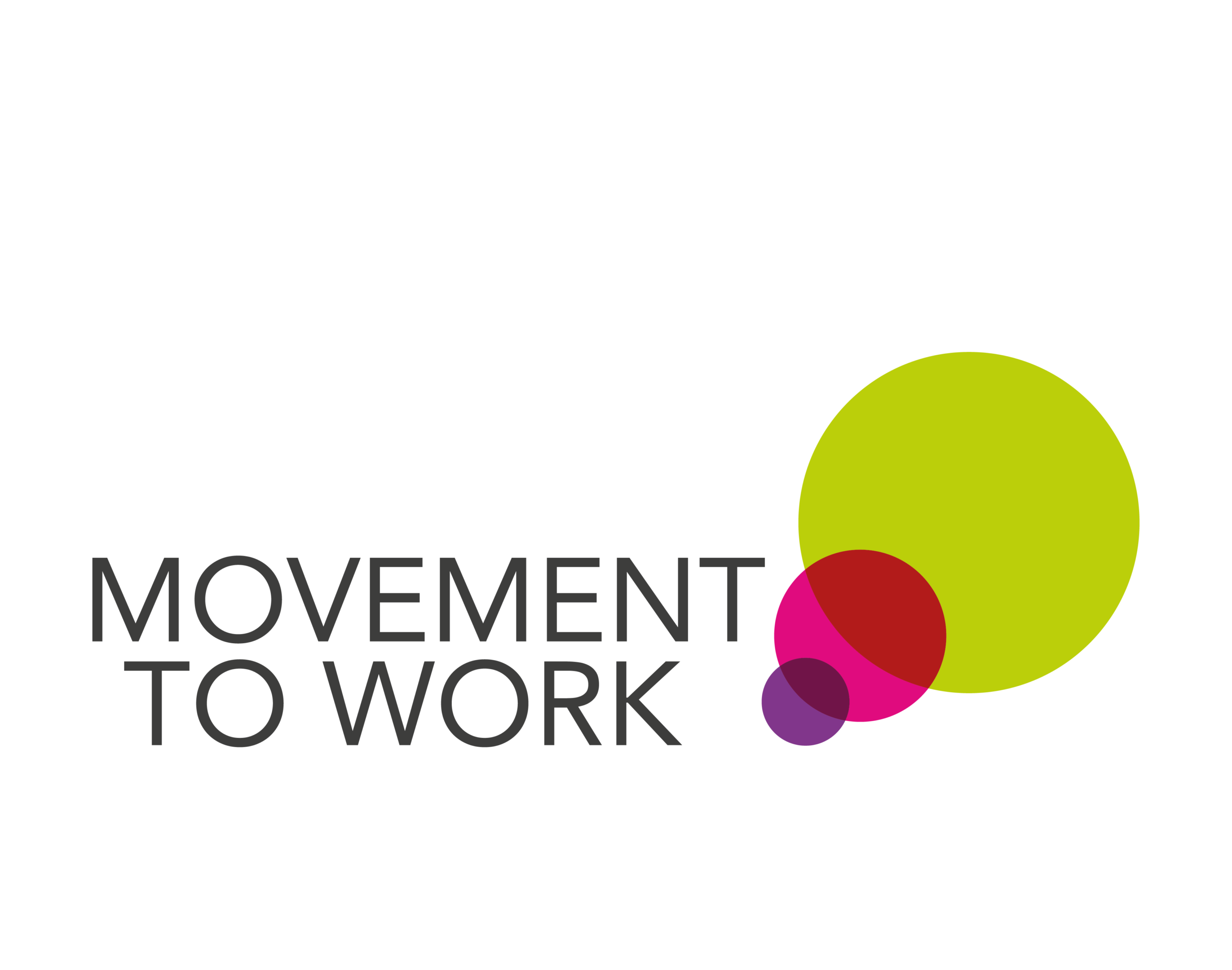Amid low growth and high inflation, unemployment is rising and there is concern that continued high interest rates might cause trouble for households with debt.
With the Chancellor’s Autumn Statement on the horizon, the UK economy continues to face challenges.
Unemployment is rising (though so are wages), economic growth is sluggish, and inflation has been slow to fall, which means interest rates aren’t expected to fall any time soon. This doesn’t give the Chancellor much room to increase spending or cut taxes next month.
Since the end of coronavirus lockdowns, the labour market has been tight: unemployment has been low and job vacancies have been high, making finding a job easier and recruitment more difficult.
More recently, however, the labour market has loosened. Though labour market data for June to August was less reliable than usual, it showed a continuation of recent trends: there was a rise in both unemployment and economic inactivity, and a fall in employment.
The unemployment rate was 4.2% in June to August, up from 3.5% the year before.
The Office for Budget Responsibility will publish fresh forecasts alongside the Autumn Statement on 22 November, but the latest forecasts from the Bank of England predicted an unemployment rate of 4.5% at the end of 2024 and 4.8% at the end of 2025.
Read more here.
